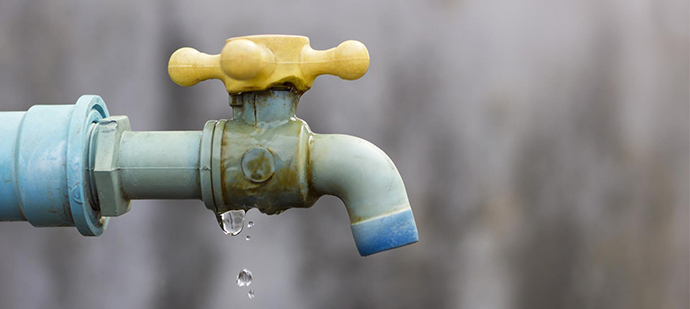Everybody maintains his or her own way of thinking when it comes to Locating water leaks.

Early discovery of dripping water lines can minimize a possible calamity. In addition to conserving you cash, it will certainly decrease the worry and also irritation. The minute you discover a leak, calling your plumber for repair work is the best solution. Nonetheless, some little water leaks may not show up. If you can not find it with your naked eyes, here are some hacks that aid.
1. Check Out the Water Meter
Examining it is a surefire way that assists you find leakages. If it moves, that suggests a fast-moving leak. This means you may have a sluggish leak that could also be below ground.
2. Inspect Water Usage
Evaluate your water bills and also track your water consumption. As the one paying it, you should see if there are any type of inconsistencies. If you find sudden changes, regardless of your intake being the same, it suggests that you have leaks in your plumbing system. Bear in mind, your water bill must fall under the very same variety on a monthly basis. A sudden spike in your expense shows a fast-moving leak.
On the other hand, a steady boost each month, despite having the very same habits, shows you have a slow leakage that's additionally gradually rising. Call a plumber to thoroughly examine your property, particularly if you really feel a warm area on your floor with piping underneath.
3. Do a Food Coloring Examination
When it comes to water usage, 30% comes from commodes. If the color somehow infiltrates your dish throughout that time without flushing, there's a leak between the storage tank and also bowl.
4. Asses Exterior Lines
Do not neglect to check your outdoor water lines too. Test spigots by connecting a yard tube. Should water seep out of the connection, you have a loose rubber gasket. Replace this as well as make sure all links are limited. If you have actually obtained an automatic sprinkler, it will help get it professionally examined and kept each year. One tiny leakage can lose tons of water and also surge your water bill.
5. Assess the situation and also inspect
House owners should make it a practice to examine under the sink counters as well as even inside closets for any bad odor or mold development. These 2 red flags suggest a leakage so punctual attention is required. Doing regular examinations, even bi-annually, can save you from a major issue.
If you know your home is already old, maintain a careful eye on your heating systems, pipes, pipes etc. Check for stainings as well as deteriorating as a lot of pipes and devices have a life expectancy. They will additionally naturally wear away because of wear and tear. Don't wait for it to intensify if you suspect dripping water lines in your plumbing system. Call a professional plumber today so you don't wind up with a terrible mess in your home.
Early discovery of dripping water lines can mitigate a potential disaster. Some tiny water leaks may not be visible. Inspecting it is a guaranteed method that assists you find leaks. One tiny leakage can throw away tons of water and spike your water bill.
If you think leaking water lines in your plumbing system, don't wait for it to escalate.
WARNING SIGNS OF WATER LEAKAGE BEHIND THE WALL
PERSISTENT MUSTY ODORS
As water slowly drips from a leaky pipe inside the wall, flooring and sheetrock stay damp and develop an odor similar to wet cardboard. It generates a musty smell that can help you find hidden leaks.
MOLD IN UNUSUAL AREAS
Mold usually grows in wet areas like kitchens, baths and laundry rooms. If you spot the stuff on walls or baseboards in other rooms of the house, it’s a good indicator of undetected water leaks.
STAINS THAT GROW
When mold thrives around a leaky pipe, it sometimes takes hold on the inside surface of the affected wall. A growing stain on otherwise clean sheetrock is often your sign of a hidden plumbing problem.
PEELING OR BUBBLING WALLPAPER / PAINT
This clue is easy to miss in rooms that don’t get much use. When you see wallpaper separating along seams or paint bubbling or flaking off the wall, blame sheetrock that stays wet because of an undetected leak.
BUCKLED CEILINGS AND STAINED FLOORS
If ceilings or floors in bathrooms, kitchens or laundry areas develop structural problems, don’t rule out constant damp inside the walls. Wet sheetrock can affect adjacent framing, flooring and ceilings.
https://www.servicemasterbyzaba.com/blog/how-to-detect-water-leakage-in-walls/

I found that article about Leaking water lines when surfing around the search engines. Are you aware of another person who is enthusiastic about the subject? Take a moment to promote it. Thanks for your time. Visit us again soon.